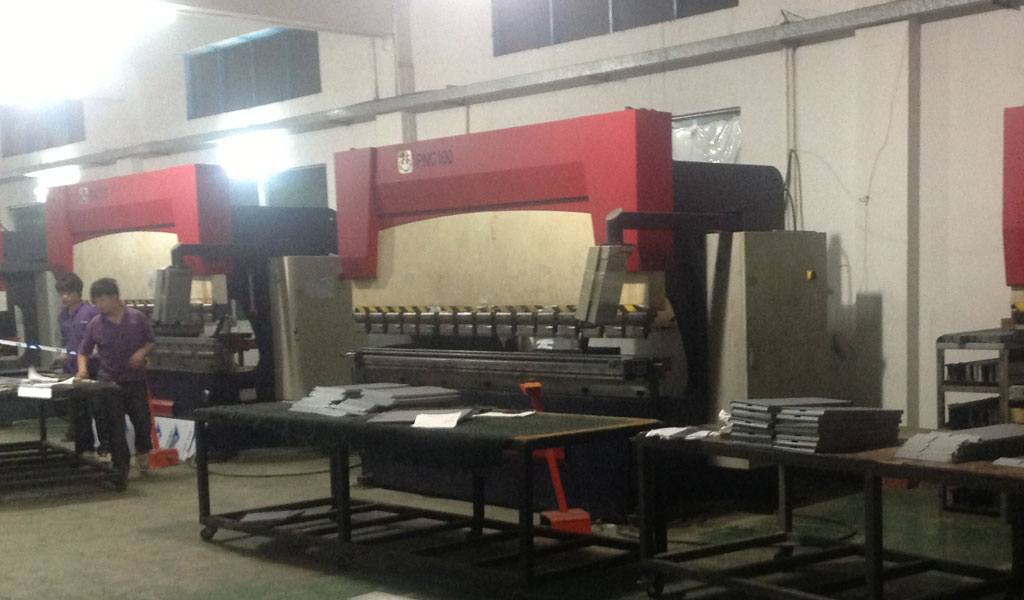The structural processability of precision parts machining refers to the requirements arising from the design of the parts according to the characteristics of the machining process, which means that the structural design of the parts will affect or determine the quality of machining. It can be analysed in terms of the feasibility, convenience and economy of processing.
- (1) Analysis from the correct marking of the dimensions of the part drawing: As the CNC machining program is compiled on the basis of precise coordinate points. Therefore, the relationship between the geometric elements of each drawing must be clear. The conditions of the various geometrical elements must be sufficient and there should be no additional dimensions that cause contradictions or closed dimensions that affect the arrangement of the process, etc.
- (2) Analysis in the context of ensuring uniformity of datum: On drawings for machining precision parts, it is preferable to quote the dimensions of the same datum or to give the coordinate dimensions directly. This marking method not only facilitates programming, but also facilitates mutual co-ordination between dimensions and brings about consistency in maintaining the design datum, process datum, inspection datum and programming origin.
- (3) From the structure of the blank process: in order to meet the structural and process requirements of the blank, firstly the machining allowance of the blank should be sufficient and as uniform as possible; secondly, the reliability and convenience of positioning the blank during machining should be considered, followed by the reliability and convenience of positioning the blank for clamping during machining, so that as many surfaces as possible can be machined during a single installation. For blanks that are inconvenient to clamp, additional clamping allowances or auxiliary references such as process bosses and process lugs can be considered on the blank.
- (4) From the parts of the deformation to analysis: for the precision parts of the process of deformation, can be used before the processing of appropriate heat treatment process (such as quenching and tempering, annealing, etc.) or can be used conventional methods such as roughing and finishing separation or symmetric removal of margins for processing to solve the problem.
As a result of the structural analysis of the part, the above four points are conducive to achieving the required machining quality, reducing the amount of machining labour and increasing labour productivity.
